Pescado Island, or Fish Island, gets its name from its shape, which resembles…a fish. It is a substantially larger island than nearby Isla Incahuasi, and is rarely visited. Luisa and I decide to circumnavigate the island on foot, which is about 6km roughly. It is an amazing island, with dead coral reefs that show that this area was covered by a sea. It is also home to a healthy population of cactus, and judging by the number of dead birds and animals that have been washed down to the ʽbeachʼ area, also has a healthy population of wildlife. Much to our surprise, we find hummingbirds sampling the sprinkling of asters and other plants that manage to survive here. Los mujeres locos (the crazy women) have been gone so long by this point that Simon the driver arrives to find us.
Travelling at Christmas has it’s down side – we can’t find a hostel open in any of the villages we pass through to stop for lunch at, so we end up setting up a table in the entrance to Los Galaxias. This is a rarely visited tourist stop, and was only discovered in 2003, quite by accident, by two men looking for chullpas (mummies). On opening the cave, they found not mummies, but an amazing geological formation. The only way I can describe it is to call it a natural version of the nave in Gaudi’s Sagrada Familia in Barcelona. Completely white, it is a combination of petrified coral, and what looks to be petrified seaweed or some form of sea plant. Higher up in the cave is what appears to be the formation of rock quartz or amethyst. It seems to have escaped the attention of visiting geologists, who tend to come to visit the volcanos, but to find a cave like this with coral and seaweed that has gone through a catastrophic volcanic event at 3700m above sea level is astonishing.
Elsewhere in Bolivia, the fall-out from the governments sudden doubling of the price of gasoline is being felt. The radio has reports of gas stations closing down and the cost of public transportation in La Paz doubling overnight. The hotel I stay at tonight in San Pedro de Quemez has enough diesel to last until tomorrow night, and even then they only have the electricity on between 6pm and 11pm. At each hotel I have stayed at, and they are the ʽbestʼ hotels in the region, hot water is only available in the evenings, and electricity is only on for a few hours each night. Each room has a candle, but I find my headlamp is more useful for finding the bathroom in the middle of the night.
I am glad to be heading down in to Chile, as there are apparently travellers stranded in Uyuni as the tour operators are having trouble obtaining diesel, and there are protests on the streets of La Paz. Luisa and Simon have enough diesel on top of the 4WD to pick up their next passenger at the Bolivian border on the 30th, and to return to Uyuni, but they have no idea after that whether there will be enough diesel in Uyuni to undertake future trips.

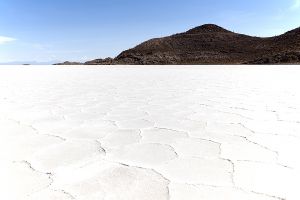
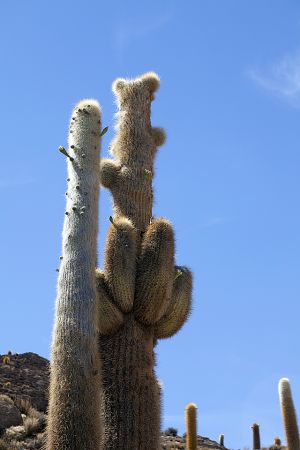
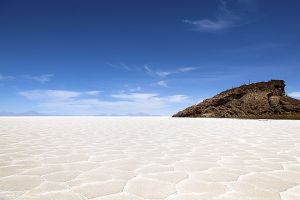
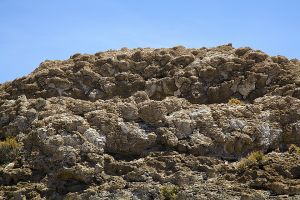
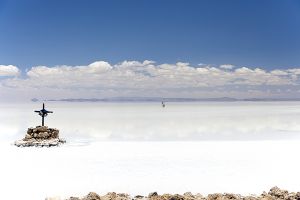
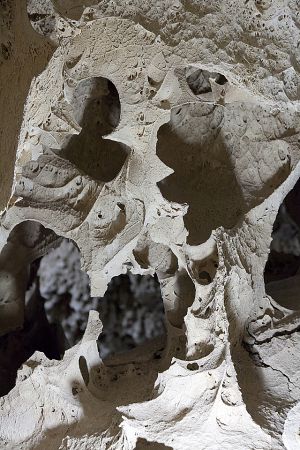
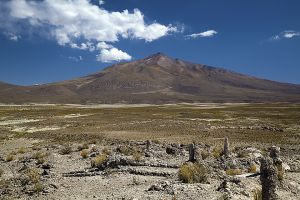
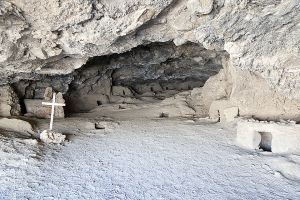
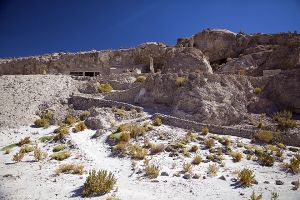
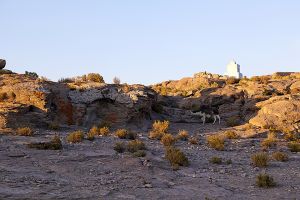
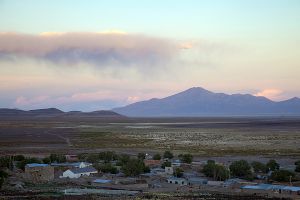
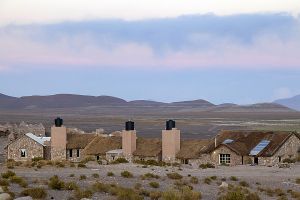
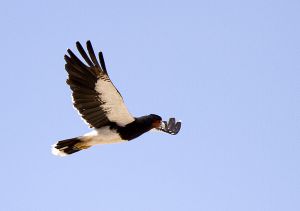


One Comment
Thanks for sharing, this is a fantastic blog.Really thank you! Awesome.